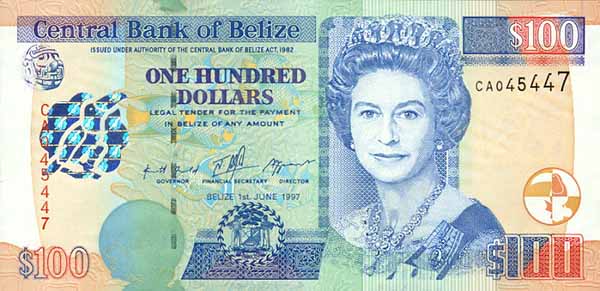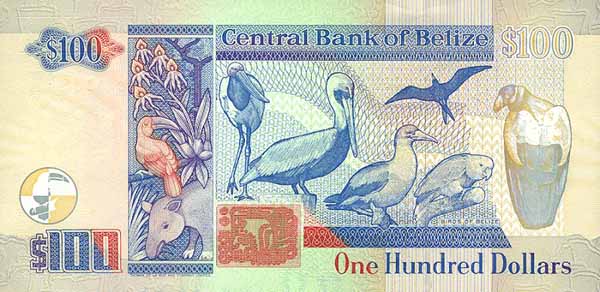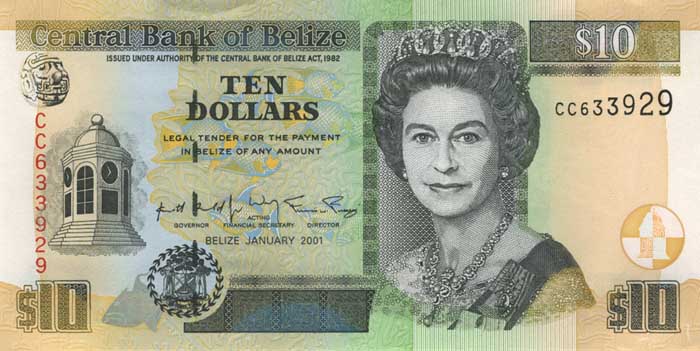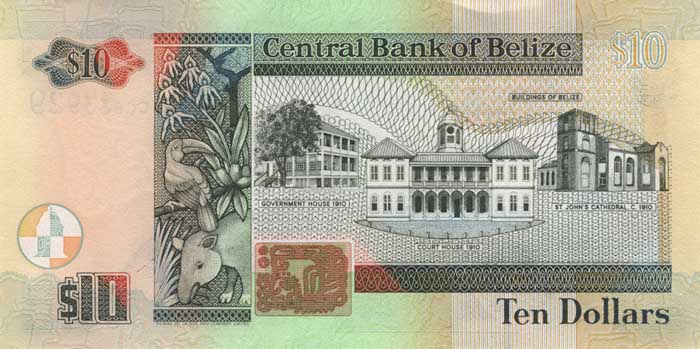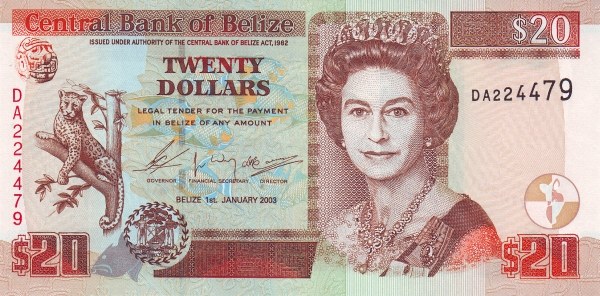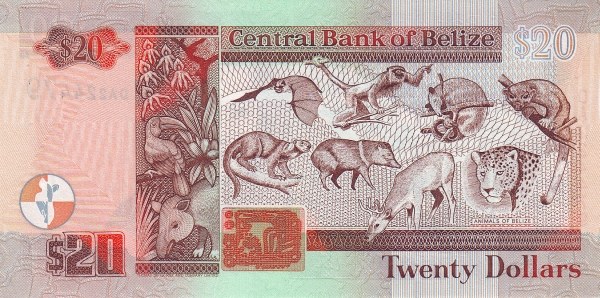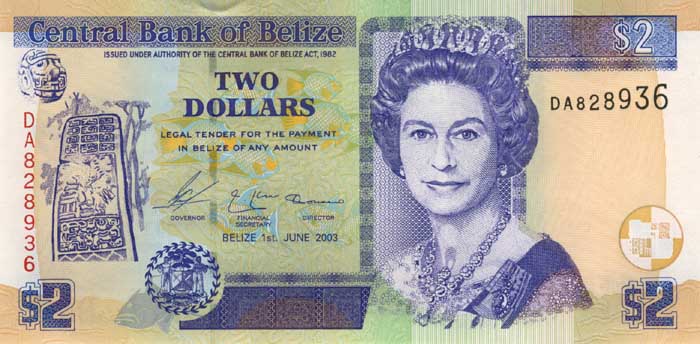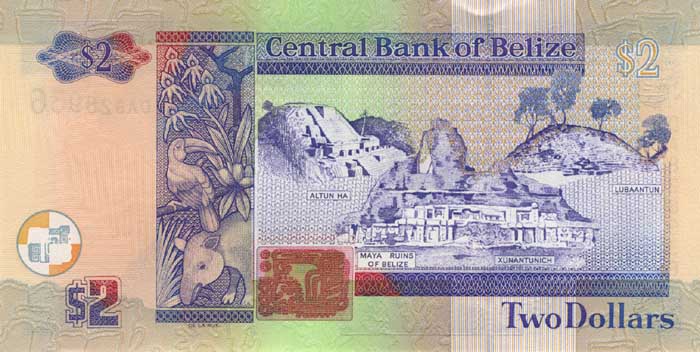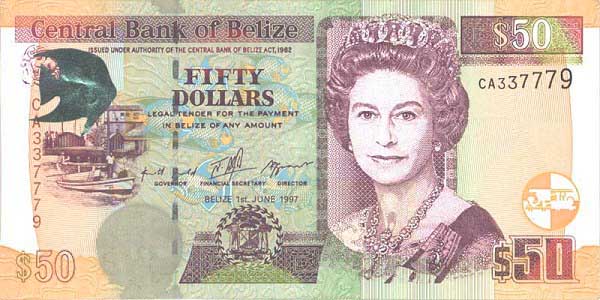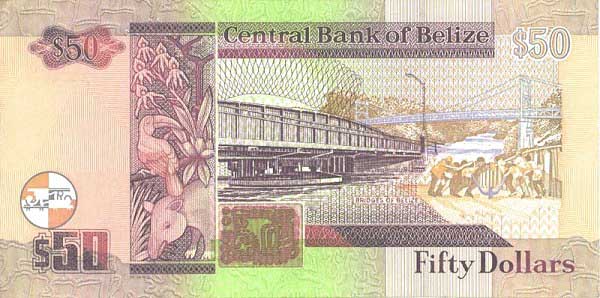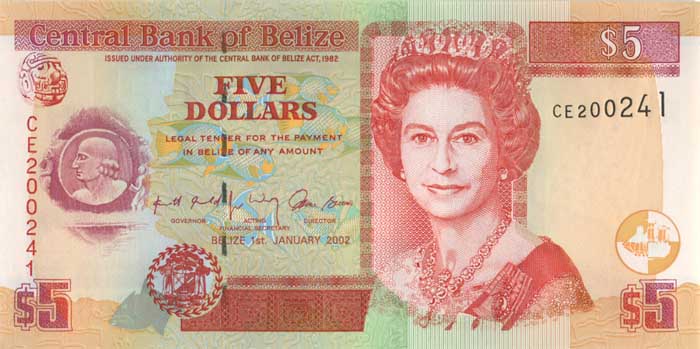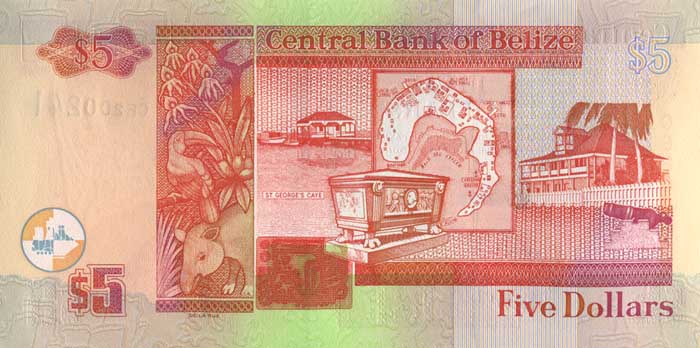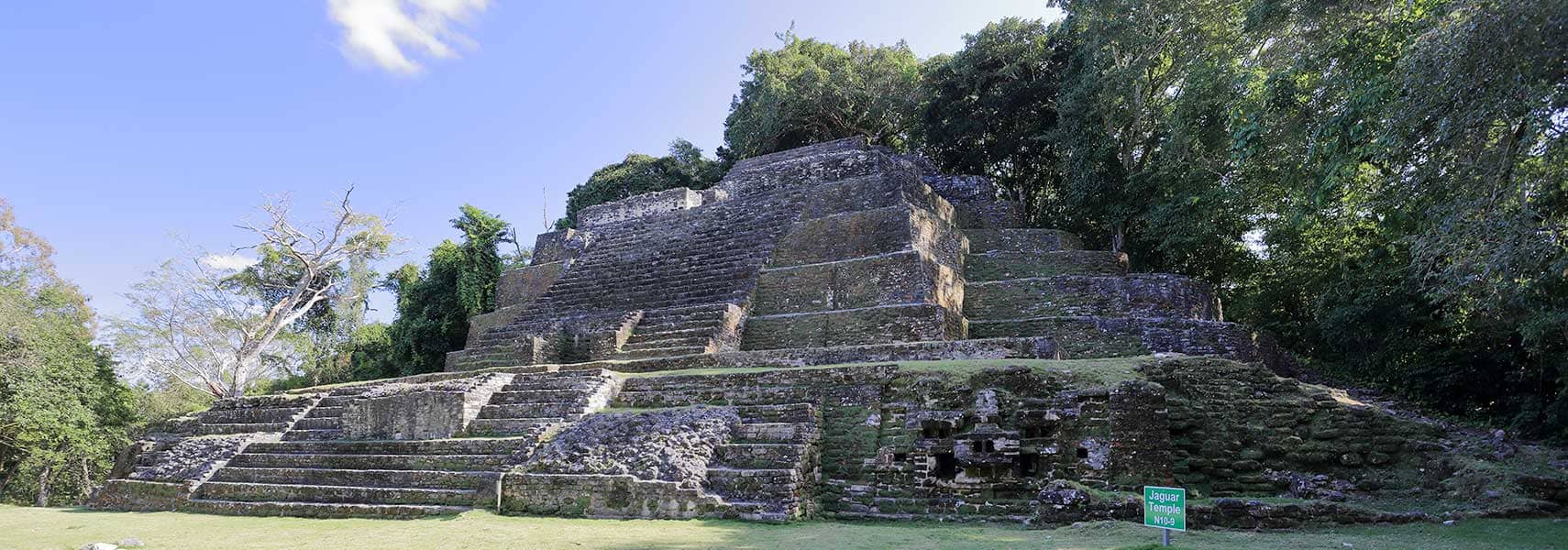Discovering Belize: A Hidden Gem in Central America
When you think of tropical paradises, ensure that Belize occupies a prominent place in your thoughts. Nestled on the eastern coastline of northern Central America, Belize borders the stunning Caribbean Sea to the east. This nation, once known as British Honduras, gained independence on September 21, 1981. Since that momentous day, it has flourished as a Commonwealth realm, with Queen Elizabeth II acting as its monarch and head of state.
To the north and partly to the west, Belize shares its borders with Mexico, while Guatemala lies to the south and also contributes to the nation’s western boundaries. Interestingly, Belize even enjoys maritime borders with Honduras. Covering a total area of 22,966 square kilometers, this charming country is approximately twice the size of Estonia, and slightly smaller than the U.S. state of Massachusetts.
Despite its relatively small size, Belize boasts a diverse demographic, with a population of approximately 361,000 as recorded in the 2015 census. This makes it the least populated nation in Central America. The capital city, Belmopan, stands as a symbol of resilience, while Belize City takes the crown as the largest urban area. In this multicultural environment, residents communicate in various languages, including English, Kriol, Spanish, Garifuna, and several Mayan dialects.
The Rich Tapestry of Belize's Culture and History
Geographical Wonders and Climate of Belize
Belize enjoys a unique geographical position on the eastern coast of Central America, which not only defines its beauty but also its climate. The country lies between Guatemala and Mexico, bordered by the crystalline waters of the Caribbean Sea. A blend of mangrove swamps and low mountains characterizes its landscape. The highest point, known as Doyle's Delight, rises to an impressive height of 1,124 meters.
In terms of climate, Belize experiences a tropical environment that can be both hot and humid. The rainy season takes place from May to November, while the dry season stretches from February to May. Such climatic characteristics foster a rich ecosystem, attracting nature enthusiasts from every corner of the globe.
People: The Heartbeat of Belize
Belizeans, both as a noun and an adjective, embody the spirit of this nation. The population counts 361,000 individuals, with an estimated Gross National Income (GNI) per capita of $7,635. The people of Belize represent a rich tapestry of ethnic backgrounds, including Mestizo, Creole, Ketchi, Yucatec, and Mopan Mayas, along with Garifuna and East Indian influences. Each group contributes to the country's vibrant culture.
Moreover, Belizeans practice a variety of religions. Some belong to Roman Catholic, Anglican, Methodist, and other Protestant denominations, while others identify as Muslim, Hindu, or Buddhist. This diverse religious landscape enhances social fabric and provides opportunities for intercultural dialogue.
Economy: Navigating the Waters of Prosperity
Belize's economy flourishes through its abundant natural resources. The country enjoys an array of arable land, timber, seafood, and minerals. Agriculture plays a crucial role in this economy, producing sugar, citrus fruits, bananas, mangoes, papayas, honey, corn, beans, and rice. Notably, cattle farming contributes to around 12.7% of the GDP.
However, the Belizean economy does not solely rely on agriculture. The garment production sector, food processing, tourism, and construction also contribute significantly to the nation's prosperity. In 2015, Belize showcased a diversified export partnership, sending products primarily to the UK (30.8%), followed by the USA (18.7%), and other nations like Nigeria, Trinidad and Tobago, Ireland, and Jamaica.
Transportation and Connectivity in Belize
Getting around in Belize presents travelers with various options. Public transportation, such as buses and taxis, offers a convenient way to navigate the city and rural areas alike. Travelers can also enjoy water taxis, which provide scenic routes along the coast and to nearby islands. Moreover, Belize benefits from an international airport that connects it to major destinations, facilitating travel for tourists and locals.
The Unique Flora and Fauna of Belize
Beyond its vibrant culture, Belize is home to a breathtaking variety of flora and fauna. The country hosts several biodiversity hotspots, including the Belize Barrier Reef, the second-largest reef system in the world. This UNESCO World Heritage site attracts countless divers and snorkelers, eager to explore the stunning marine life.
In addition, Belize's rainforests shelter countless species of plants and animals. Endemic birds, exotic flora, and rare wildlife thrive in these lush environments. conservation efforts take center stage in many discussions, ensuring the preservation of this unique ecosystem for generations to come.
History: The Journey of Belize
Understanding the rich history of Belize enhances appreciation for this extraordinary nation. The territorial disputes between the United Kingdom and Guatemala historically delayed Belize's journey to independence. Although Belize became a sovereign nation in 1981, Guatemala did not formally recognize it until 1992. This backdrop shapes current political and social dynamics within the region.
Furthermore, Belize boasts archaeological sites that showcase its ancient Mayan civilization. Visitors can explore the remnants of spectacular temples, with sites like Caracol, Xunantunich, and Lamanai providing unparalleled insights into the region's storied past. These historical wonders draw travelers fascinated by the confluence of history and culture in Belize.
Celebration of Culture: Festivals and Traditions in Belize
Moreover, the cultural festivals in Belize reflect its diverse heritage. Events like Garifuna Settlement Day celebrate the arrival of African descendants, while Independence Day commemorates self-determination. Throughout the year, various festivals fill towns with vibrant music, dance, and delicious local cuisine, further enriching the Belizean experience.
Overall, Belize presents a unique amalgamation of history, culture, and stunning natural beauty, making it a remarkable destination worth exploring. Whether you're an adventurer seeking eco-travel opportunities, a history enthusiast, or just someone looking to relax on pristine beaches, Belize delivers an experience that promises to leave lasting memories.
Largest cities of: Belize
| City Name | Population | Year of foundation | |
| Belmopan | 20,000 | 1970 | |
| Belize City | 61,500 | 1630 | |
| San Pedro | 15,000 | 1965 | |
| Orange Walk Town | 13,000 | 1848 | |
| Corozal Town | 10,000 | 1848 | |
| Punta Gorda | 5,000 | 1776 |
Belize: Money
